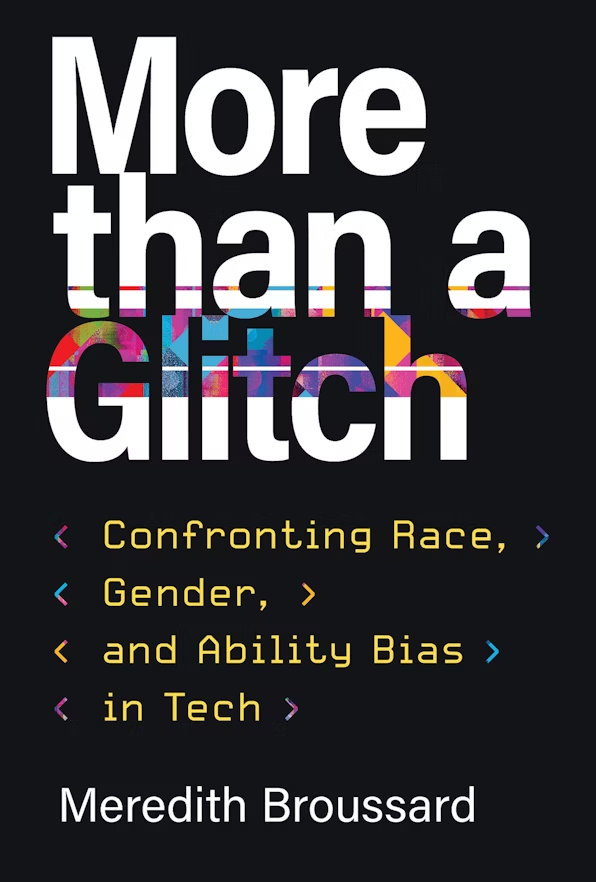More Than a Glitch: Confronting Race, Gender, and Ability Bias in Tech
By Meredith Broussard
MIT Press
ISBN: 978-0-262-04765-4
At the beginning of the 1985 movie Brazil, a family’s life is ruined when a fly gets stuck in a typewriter key so that the wrong man is carted away to prison. It’s a visual play on “computer bug”, so named after a moth got trapped in a computer at Harvard.
Based on her recent book More Than a Glitch, NYU associate professor Meredith Broussard, would call both the fly and the moth a “glitch”. In the movie, the error is catastrophic for Buttle-not-Tuttle and his family, but it’s a single, ephemeral mistake that can be prevented with insecticide and cross-checking. A “bug” is more complex and more significant: it’s “substantial”, “a more serious matter that makes software fail”. It “deserves attention”. It’s the difference between the lone rotten apple in a bushel full of good ones and a barrel that causes all the apples put it in to rot.
This distinction is Broussard’s prelude to her fundamental argument that the lack of fairness in computer systems is persistent, endemic, and structural. In the book, she examines numerous computer systems that are already out in the world causing trouble. After explaining the fundamentals of machine bias, she goes through a variety of sectors and applications to examine failures of fairness in each one. In education, proctoring software penalizes darker-skinned students by failing to identify them accurately, and algorithms used to estimate scores on tests canceled during the pandemic penalized exceptional students from unexpected backgrounds. In health, long-practiced “race correction” that derives from slavery preferences white patients for everything from painkillers to kidney transplants – and gets is embedded into new computer systems built to replicate existing practice. If computer developers don’t understand the way in which the world is prejudiced – and they don’t – how can the systems they create be more neutral than the precursors they replace? Broussard delves inside each system to show why, not just how, it doesn’t work as intended.
In other cases Broussard highlights, part of the problem is rigid inflexibility in back-end systems that need to exchange data. There’s little benefit in having 58 gender options if the underlying database only supports two choices. At a doctor’s office, Broussard is told she can only check one box for race; she prefer to check both “black” and “white” because in medical settings it may affect her treatment. The digital world remains only partially accessible. And, as Broussard discovered when she was diagnosed with breast cancer, even supposed AI successes like reading radiology films are overhyped. This section calls back to her 2018 book, Artificial Unintelligence, which did a good job of both explaining how machine learning and “AI” computer systems work and why a lot of the things the industry says work…really don’t (see also self-driving cars).
Broussard concludes by advocating for public interest technology and a rethink. New technology imitates the world it comes from; computers “predict the status quo”. Making change requires engineering technology so that it performs differently. It’s a tall order, and Broussard knows that. But wasn’t that the whole promise the technology founder made? That they could change the world to empower the rest of us?
